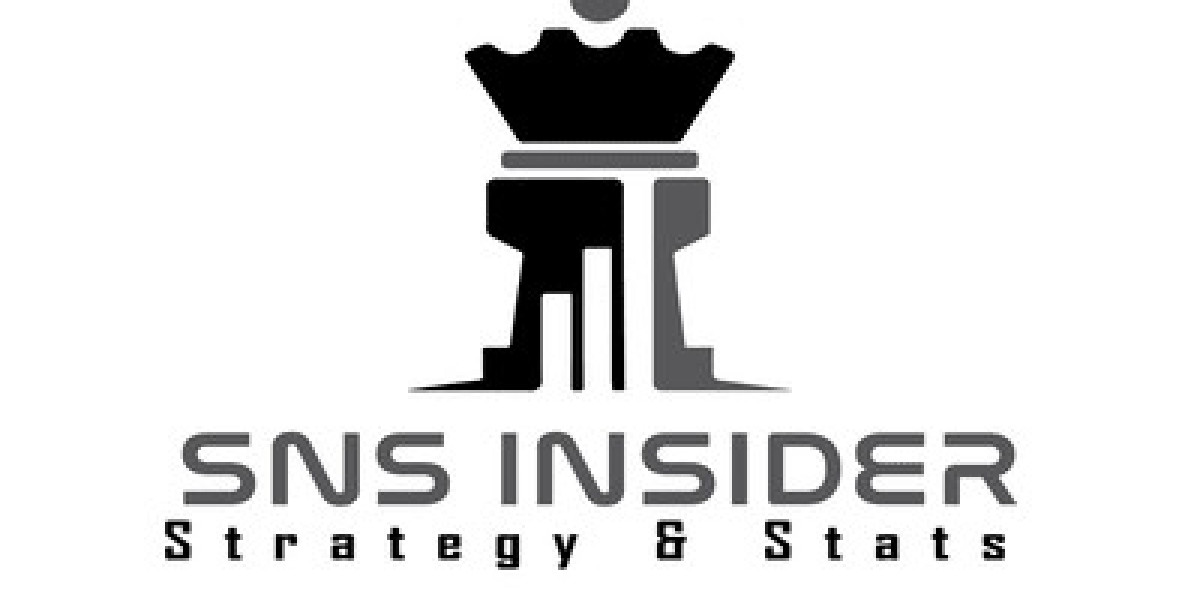Switzerland is renowned for its business-friendly environment, robust economy, and advantageous legal framework, making it a top choice for entrepreneurs. However, forming a company in Switzerland requires navigating specific steps and adhering to local regulations. Here's a detailed guide to understanding and completing the Swiss company formation process, Swiss company.
Understanding Swiss Legal Structures
The first step in starting a business in Switzerland is selecting the appropriate legal form. The most common options include:
- Limited Liability Company (GmbH): Suitable for small- to medium-sized enterprises, this structure limits shareholders' liability to their capital contributions. It requires a minimum share capital of CHF 20,000.
- Company Limited by Shares (AG): Ideal for larger enterprises, this structure offers greater flexibility and prestige. It requires a minimum share capital of CHF 100,000, with at least CHF 50,000 paid in at the time of registration.
- Sole Proprietorship: A simple and cost-effective option for small businesses, though it carries unlimited personal liability.
Choosing the right structure is akin to picking the perfect "suit" for your business—it must fit the company’s size, nature, and objectives. Factors such as liability, tax implications, and administrative obligations should be carefully considered during this process.
The Swiss Commercial Register
Once the legal structure is determined, registering your company in the Swiss Commercial Register is the next step. This public registry maintains official records of all companies operating in Switzerland and grants legal recognition to businesses.
Key requirements for registration include:
- Submitting the company name and legal form.
- Providing documentation such as the articles of association, proof of share capital, and director identification.
- Meeting turnover thresholds, depending on the legal structure.
Registration ensures your company is officially recognized and visible within the Swiss corporate landscape. Keeping this information accurate and up-to-date is vital for compliance and maintaining your company's credibility.
Financial Requirements for Swiss Companies
Establishing a Swiss company also involves meeting financial obligations. These include:
- Minimum Share Capital: Varies based on the chosen legal structure (e.g., CHF 20,000 for GmbH and CHF 50,000 for AG).
- Bank Account Setup: You must open a Swiss bank account to deposit the initial share capital before registration.
- Tax Registration: Businesses must register for corporate taxes, VAT (if applicable), and other financial obligations depending on the canton.
Switzerland’s decentralized tax system means that tax rates and regulations may vary across cantons. Entrepreneurs should consult tax experts to optimize their tax strategy.
Additional Considerations for Entrepreneurs
- Business Plan: A clear and detailed business plan outlining your goals, market analysis, and financial projections is essential for success.
- Location Selection: Cantonal differences in tax rates, infrastructure, and business incentives can significantly impact your operations. Choosing the right canton is a strategic decision.
- Professional Support: Engaging Swiss legal and tax experts ensures compliance with local regulations and helps streamline the formation process.
Advantages of Forming a Company in Switzerland
Switzerland offers numerous benefits for businesses, including:
- A stable political and economic environment.
- Access to a highly skilled workforce.
- Competitive tax rates in certain cantons.
- Strategic location in the heart of Europe, ideal for international trade.
- A strong reputation for quality and reliability, enhancing brand credibility.
Conclusion
Forming a company in Switzerland requires careful planning, from selecting the right legal structure to navigating registration and compliance requirements. By understanding the steps and leveraging professional support, entrepreneurs can establish a strong foundation for success in Switzerland’s thriving business landscape.







